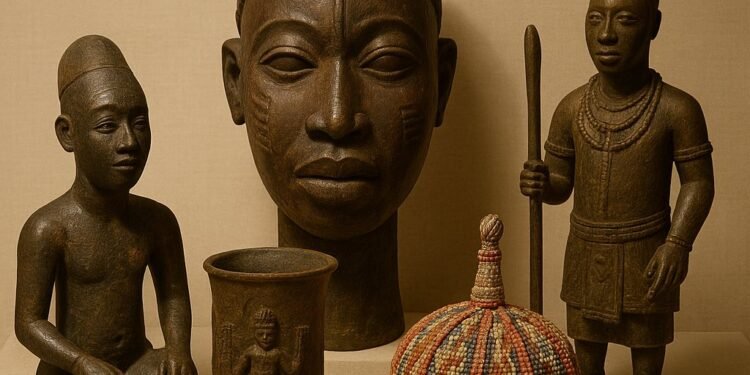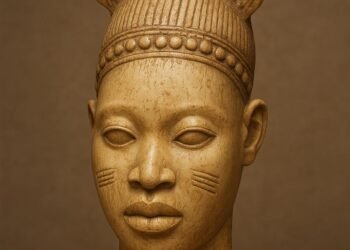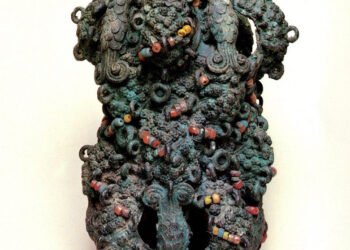Discover Unique Igala Artefacts and Cultural Heritage
The Igala Kingdom is a blessedly endowed tribe in Nigeria, occupying the confluence of the Niger and Benue Rivers. The ritual clothes assumed by kings and queens in the kingdom possess the depth of history.
His overlord is the Attah Igala, their religious and monarchic leader. They are ambassadors of the authority of their position, carrying with them in themselves the annals of history, the bravery of the forbears, and carrying within themselves millennia-old civilization.
These initial discoveries bear witness to the independence, spirituality, and creativity of the Igala.
Read Also: Secrets Behind Orangun Ijaye Bronze Head Found
Let’s take a look at ten beloved objects of the monarchy and reflect on just how important their designs really are.
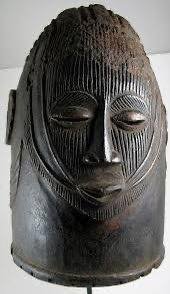
Table of Contents
Igala Artefacts – The Royal Crown
Onunu-Ere, the royal crown, is the ultimate sign of Attah’s supremacy. It is not a cap but a very powerful symbol that transforms the wearer into the ultimate monarch of the entire kingdom.
Typically made, the cap is also adorned with highly valued carvings and cowrie shells. Its most distinguishing characteristic is the generous use of the valued red parrot feathers, called Úloko, sewn on the edges.
This lovely visual treat is Attah’s own, making him stand out among all the Igalaland chiefs. Besides its physical beauty, the crown possesses mythic powers, which connect the present monarch with a line of kings that dates back to the times.
When Attah wears the Onunu-Ere, he is the flesh and blood embodiment of the state, an object of wonder and reverence.
Igala Mask
One of the most inspirational artifacts is the Ejubejuailo, a chest-worn pectoral mask. Its name, which means “The eye that instills fear into another eye,” describes its primary function as a protective amulet.
Meant to be horrific and terrifying, the mask serves to scare enemies and shield the Attah from physical and spiritual attacks. Its scary complexion also makes it difficult for any person to look into the king’s face, thereby assisting in constructing his untouchable and dignified image.
Historians trace its origins to the days of the great Attah Ayegba Oma’Idoko, and according to some traditions, it was acquired from the ancient Benin Empire. When worn, the Ejubejuailo renders the Attah fearless, pointing out his role as the people’s war guardian.
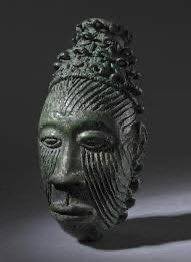
Igala Artefacts – Akpa-Ayegba Royal Stool
The Akpa-Ayegba is the venerated stool that the Attah alone can occupy. It is more than just a piece of furniture; it is a throne adorned with protective charms to ward off the dangers of death for the king.
Named in honor of the great Attah Ayegba, the stool is directly linked to the dead spirits, a sacred object that is treated with the utmost veneration. It is taboo for anybody else to sit upon.
The meaning of the Akpa-Ayegba is central to traditional and religious rites of passage because only when the Attah is seated on this ancestral throne do these rites hold significance. It roots the authority of the king in the wisdom and legitimacy of his ancestors, and thus serves as a basis for royal rites.
Igala Artefacts – Okwute Ritual Staff
The Okwute, an iron object shaped like a sword or staff, is the ultimate source of power and legitimacy for the Igala traditional institution. This ritual staff is central to the worship of ancestors and is treated with the utmost reverence. Within the palace, nine such staffs are recognized as the nation’s sacred spears.
They are sanctified annually in preparation for war, and in times of peace, they are used for ancestral veneration. The Okwute represents the Attah’s role as the chief priest, serving as a bridge between the human realm and the spiritual world. It is a tangible representation of the divine mandate to rule, blending political authority with religious duty.
Igala Artefacts – Oka kpai Okwu Royal Beads
Adornment plays a crucial role in projecting the Attah’s status, and the Oka kpai Okwu, or royal beads, are essential to his full regalia, known as the Ichakpa.
These special coral beads, blue and round with a central hole, are worn on the Attah’s neck, wrists, and anklets. The beads are not just ornaments; they complement his position as the royal father and sovereign king. The full Attah consists of a beaded headgear, a jeweled gown, and beaded footwear, all radiating with beading, making him the cynosure of all eyes whenever he steps into public.
Read Also: What the Owo Mask Reveals About Yoruba History
This complex ornament signifies wealth, beauty, and the fine craftsmanship of Igala culture.
Igala Artefacts – Unyiale Attah Royal Umbrella
Unyiale Attah, or royal umbrella, is a majestic symbol of status hoisted over the king. Its practical function is to protect the Attah from the sun and rain, but its symbolic meaning is far greater.
The umbrella’s elegance and beauty instantly draw attention to the Attah, enhancing his royal presence at any important occasion. In ancient times, the privilege of using an umbrella was an exclusive right reserved only for the Ata Igala, making it a clear visual marker of their unique position.
The Unyiale thus creates a mobile canopy of sovereignty, distinguishing the king from everyone around him and emphasizing his elevated rank.
Igala Artefacts – Okpa-Attah Sceptre
Okpa-Attah, or sceptre, is a recognized symbol of the authority and power of the Attah. Historical records indicate that the symbol gained popularity during the 20th-century colonial era, in contrast to ancient artifacts.
The sceptre was initially borne by Attah Obaje Ocheje and subsequently passed on to Attah Aliyu Obaje for service to the Northern Regional Government. The sceptre represents the kingdom’s capacity to adapt in the face of modernizing political contexts while maintaining its traditional roots of legitimacy. It is also a symbol of the Attah’s mandate to reign in contemporary times.
Igala Artefacts – The Royal Drums
No Igala royal ceremony is complete without the resonant voice of the royal drums. These are not only musical instruments but a vital system of communication in the palace. Rhythms and beats are used to announce the arrival or departure of the Attah, the onset of war, or calling citizens to an assembly.
The most important of these is the Ogbadu, a massive drum which is the voice of the Attah himself, echoing through the land.
The drums constitute the sound texture of the Igala monarchy, providing a visual representation of power and tradition that commands attention and conveys important messages to society.
Igala Artefacts – Agba Ancestral Mask
Aside from the pectoral Ejubejuailo, royalty in Igala is also symbolized by helmet masks known as Agba. Full-head masks are worn in some ceremonial dances and rituals for ancestor worship and the memorialization of historical events.
The mask is an ancestral face, and when worn by a particular performer, it becomes a vessel for ancestral presence. It allows the community to connect with its past and receive blessings from the spirit world.
The Agba is a powerful Igala work of art that mediates between the living and the dead, reinforcing the cultural belief in the continued interaction among different planes of existence.
Igala Artefacts – Sacred Throne Chamber
While not a single object, the Ogbede, or court of the Attah, is the sacred chamber in which many of these objects have their being and are housed. This is the building upon which the Attah sits in court, surrounded by the trappings of his power.
The Ogbede is the administrative and spiritual nerve of the kingdom, where the regalia present within it accentuates the authority of the throne. The convergence of the crown, mask, stool, and staffs within this setting creates a formidable and traditional backdrop.
Read Also: The Fascinating Origins of Oron Kingdom
It is here that the artifacts are not so much seen as individual objects, but rather understood as a cohesive system of belief and governance, truly making the Ogbede the symbolic center of the Igala state.
In conclusion, the royal emblems of Attah Igala form an integrated narrative of an active and vibrant culture. They are connected symbols that work together to symbolize the king’s power, spirituality, and connection with history.
From the crown on his head to the stool he sits on, everything is part of the living history of the Igala Kingdom, a history that is still read today with awe and pride.
